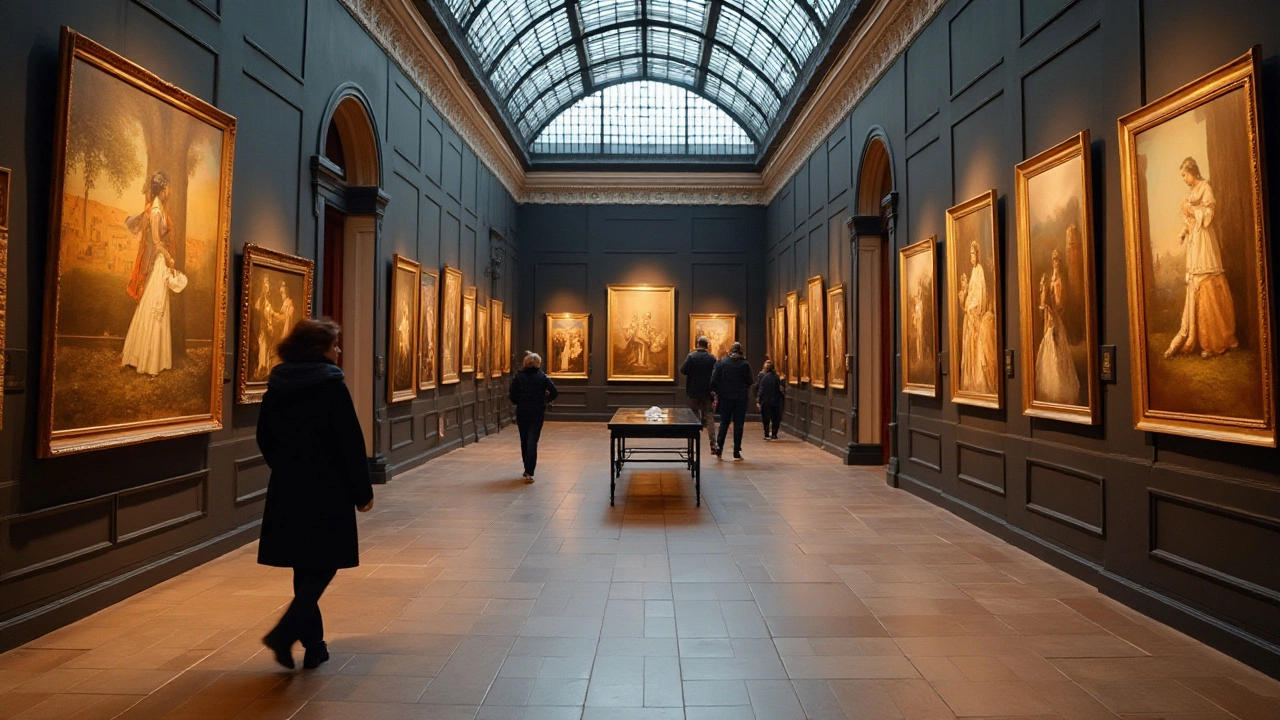Painting by Numbers: Easy Steps to Create Your First Masterpiece
Ever wondered why so many people love painting by numbers? It’s simple – you get a finished artwork without needing a lot of skill. All you need is a kit, a bit of patience, and a willingness to follow the numbers. In this guide we’ll walk through everything you need to know to start, from picking the right kit to adding your own flair.
Pick the Right Kit for You
First thing’s first: choose a kit that matches your skill level. Beginners should look for a larger canvas (16‑inch or bigger) and bigger numbers. Bigger numbers mean bigger painted areas, which makes mistakes harder to notice. If you’re after a challenge, go for a smaller canvas with tiny numbers – it’s like a puzzle that trains your eye.
Check the color palette too. Some kits use a limited set of basic colors, while others include specialty shades like metallics or neon. Basic palettes are cheaper and easier to blend, while specialty colors can make your final piece pop. Think about where you’ll display the painting – a bold palette works well in a bright room, a muted set fits a calm space.
Set Up Your Space and Materials
Clear a small table, lay down a drop cloth, and open the kit. You’ll see a canvas with tiny numbers, a set of acrylic paints, and a few brushes. Use a medium‑sized flat brush for the big areas and a fine tip brush for the tiny spots. Some artists swear by a paint‑stirring stick to keep colors fresh, but a simple spoon works too.
Before you start, give the paints a quick stir. Acrylics can settle, and a quick mix prevents uneven colour. If you notice any lumps, a few seconds of gentle stirring will smooth them out. Keep a cup of water nearby for cleaning brushes – dip, wipe, repeat. Don’t forget a paper towel for quick dry‑wipe between colours.
Now you’re ready. Begin with the lightest colours, usually the background. This helps you see the darker numbers later without smearing. Follow the numbers exactly – they’re your roadmap. If a number appears twice, use the same colour both times; this keeps the picture uniform.
Tips for a Polished Finish
When you get to the smaller numbers, take a breath and work slowly. A steady hand is more important than speed. If a brush tip gets too thick, dip it in water and gently tap it on the towel to reshape. Over‑loading a brush can cause drips, which are hard to fix later.
Once every area is painted, step back and look at the whole canvas. Small gaps or missed spots are easy to spot from a distance. Fill them in with a fine brush – it’s quicker than waiting for the paint to dry and coming back later.
For an extra professional look, consider a clear acrylic varnish after the paint dries (usually 24 hours). Varnish protects the surface and gives a subtle shine. Spray varnish is easiest to apply; just hold the can 12‑inches away and give a light, even coat.
Finally, frame your work. A simple wooden frame adds a finished feel and makes it ready to hang. If you’re feeling creative, mount the canvas on a canvas board for a modern look.
Painting by numbers is more than a hobby – it’s a way to relax, improve your eye for colour, and end up with a piece you can proudly show off. Grab a kit, follow these steps, and watch your canvas come alive one number at a time.

30 Oct 2024
Planning an art exhibition involves several key considerations, including the number of paintings needed to create an engaging experience for visitors. This guide explores factors that influence the decision, such as venue size, theme, and audience expectations. By balancing these elements, artists can craft a memorable and visually compelling display. Tips for layout, pacing, and visual harmony are also essential in shaping a captivating exhibition.
Continue reading...
